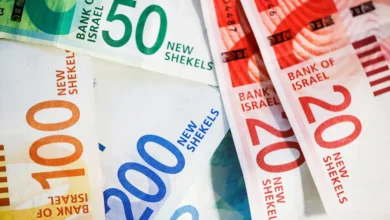Russian ruble strengthens slightly after weakening in Monday’s session

The Russian ruble strengthened slightly against the dollar on Tuesday after weakening a day earlier, the first day of trading following the government’s move to loosen further mandatory foreign currency sales requirements for exporters.
By 1050 GMT, the ruble was 0.3 percent higher at 88.05 against the dollar.
Sanctions on the Moscow Exchange and its clearing agent, the National Clearing Centre (NCC), led to a range of varying prices and spreads as trading shifted to the over-the-counter (OTC) market on June 14, obscuring access to reliable pricing for the Russian currency.
On Monday, the central bank also announced it will suspend the publication of trade volume data from the over-the-counter market in order to “limit the impact of sanctions.” Such publications have served as important guidance for traders, and the move will further decrease the market’s transparency.
Foreign currency sales by Russian exporters are a key factor influencing the ruble’s exchange rate. A requirement to sell 80 percent of foreign currency earnings was introduced to support the ruble in October 2023, and then reduced to 60 percent in June.
On July 13, the government lowered the requirements to 40 percent.
Against the yuan, which had already become the most traded foreign currency in Moscow before the latest sanctions were imposed, the ruble was flat at 12.05, according to an analysis of the OTC market.
It was up 0.1 percent at 96.15 against the euro.
Brent crude oil, a global benchmark for Russia’s main export, was down 0.7 percent at $84.28 a barrel on worries about a slowing Chinese economy crimping demand.










